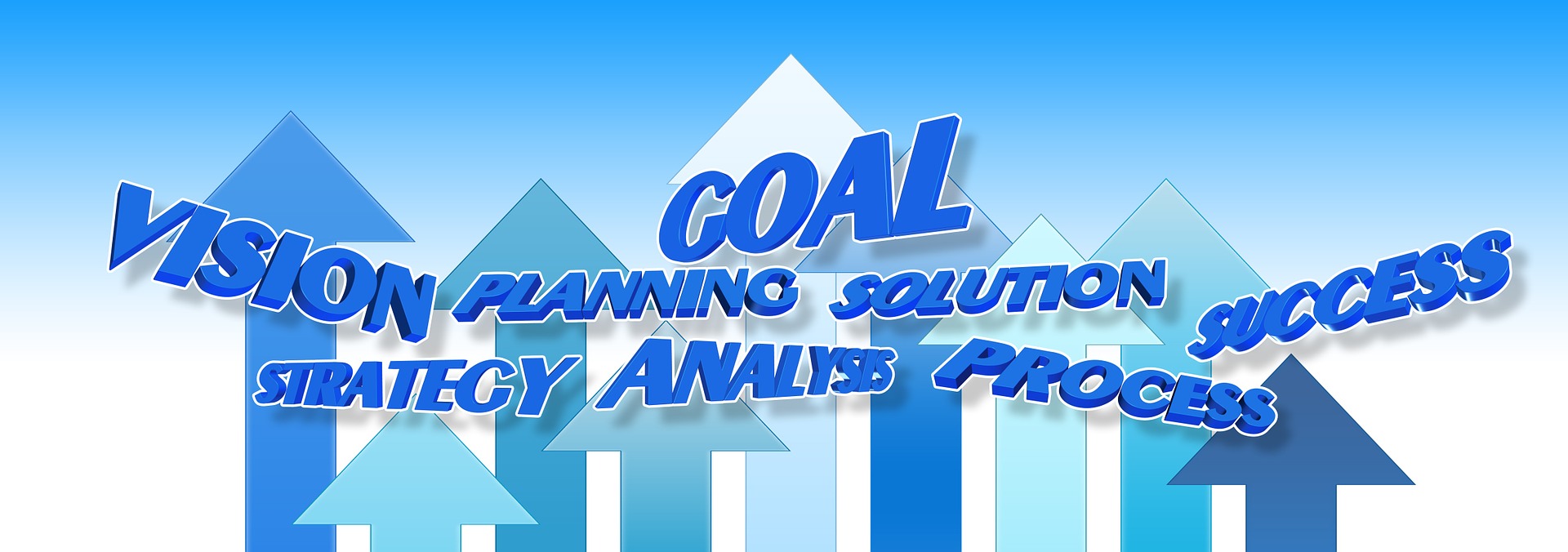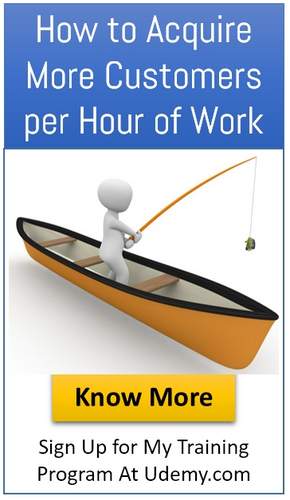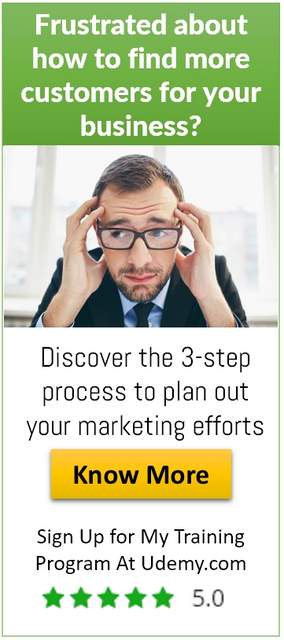Go to Market Strategy
Startups and Go to Market Strategy
The word market is synonymous with customer. Customer is the fulcrum or foundation of any business. Large businesses can afford to invest money. . Small businesses, especially, the startups should get maximum results for every penny spent in their.Mistakes can completely ruin their businesses.

Go to Market Strategy- Prerequisite
There should be clarity on who is the target customer. Then it is possible to plan how to reach them. Planning, evaluating each option and measuring the results of the strategy are the processes involved.
Go to Market Strategy- What is it?
A go-to-market strategy (GTM strategy) is an action plan that specifies how a company will reach customers and achieve competitive advantage. The purpose of a GTM strategy is to provide a blueprint for delivering a product or service to the end customer, taking into account such factors as pricing and distribution.
Go to Market Strategy- Relevance to Startups
Startups always launch a new product or service. This can be successful only when they know who the target customer is and how to reach them?
The following aptly describes the process- Michael Million- Full Surge
New products and features are imperative for sustaining and growing a business, and marketing can drive the success (or failure) of a product launch. Your go-to-market strategy provides a strategic plan that clarifies how to reach your target customers and better compete in your market, bringing together your key business drivers: sales, marketing, distribution, pricing, branding, competitive analysis, and consumer insights. Go-to-market strategies can be applied to new product launches as well as existing products and services.
What is Go-to-Market Strategy ?
Go-to-market strategy (GTM) is an action plan that describes repeatable and scalable processes for how a company acquires, retains, and grows customers.
For early stage companies, the first milestone in executing a GTM strategy is reaching product/market fit. This is essentially a process of finding customers in a target market with a problem that your product can address for a price (or total cost of ownership) below the level of value that’s provided in exchange.
The main reason many startups that reach product/market fit fail to accelerate growth is due to lack of a repeatable and scalable GTM Strategy.
Myk Pono-Marketing & Product Growth
Is focused on how the organization will put offerings into the market to reach market penetration, revenue and profitability expectations. This charter is a superset of marketing strategy as it impacts all functions within an organization with the goal of preparing the entire company for market success. Another key point to stress is that Go-to-Market Strategy is not an event, i.e., a product launch. GTM strategy is focused on the entire product lifecycle—from concept to grave.
The Go-to-Market Strategy can be overwhelming if not managed properly. The key is not to try to do everything but to focus on the core issues and to nail them.
www.fourquadrant.com
Go to Market Strategy-Competitive Advantage
The strategy and tactics to reach the customer will offer a competitive advantage to any business. This is especially true for service businesses where the requirements can vary from customer to customer. However, everyone is not a customer for business.
E- Commerce sites’ ability to deliver items as quickly as possible is the key. Amazon is opening more warehouses and they are offering same day or next day delivery.
Supply Chains can be optimized and there can be target oriented messages to customer.
Technology has given an opportunity for quick responses and has enabled tracking and tracing possible. Visibility of the supply chain and automated processes has become a key factor.
Go to Market Strategy-Recommended Books
1.Transforming Your Go-to-Market Strategy: The Three Disciplines of Channel Management -by Rangan (Author)
Most distribution channels are outdated and unwieldy, serving neither customers nor channel partners adequately.What companies need, says V. Kasturi Rangan, is a new approach to going to market channel stewardship that simultaneously addresses customers' best interests and drives profits for all channel partners. In "Transforming Your Go-to-Market Strategy", Rangan shows how any member of a distribution channel can adopt this role and learn how to shape an effective, constantly evolving, and mutually beneficial channel strategy. This book outlines three disciplines that companies must master to navigate the complex distribution environment successfully: map the industry channel, build and edit one's own channel continuously to best serve customers and align and influence one's channel value chain to ensure that all parties reap appropriate rewards.
Review by Gregg Swanson
V. Kasturi Rangan presents a precise and exact step by step process to not only create a channel sales strategy, but to enhance and fix one that is already in place. Many companies and managers today feel all the have to do is sign up as many "channels" as possible to be successful. Unfortunately, they overlook the critical principles of a success channel strategy and fail measurably, taking down the company, its people and alienating their customers. This is a must read and keep for any level of management involved in a go-to-market strategy.
2.Go to Market Strategy: Advanced Techniques and Tools for Selling More Products to More Customers More Profitably – Lawrence Friedman
In this path-breaking new book, best-selling
author and leading go-to-market strategist Larry Friedman provides a practical
and battle-tested approach for taking products, services, divisions, or even an
entire company to market!
In this book you'll find all of the techniques
and tools you need to answer today's crucial go-to-market questions:
· Which markets offer the best opportunities for
profitable growth?
· What do my target customers need? How can I do
a lot more business with them?
· What mix of channels and partners will help me
reach and sell to the most customers at the lowest possible cost?
· Do I have the right product or solution? How
can I create broader customer interest in my offerings?
· Do I have a winning value proposition? What
would make the 'message' more compelling - and drive more purchasing activity?
By using
new technologies and new channel mixes for faster, more efficient routes to market.
Review by Tom Calan
This is a great marketing book. No hype just a lot of sound, practical ideas for connecting better with your customers and doing more business with them. I also thought the part on value propositions was eye opening and likely to lead more than a few executives to rethink whether they really have a winning message. For a marketing book, you always have to wonder whether it's serious or if it's just a bunch of stupid MacKinsey 2x2 matrices. This book is one of the rare ones that trades in all those tired "cash cow" pedantic for practical, sales-oriented advice. So I give this book a solid 5 stars because I don't know what more you could want from a marketing book.
Finally, the two chapters on channels are detailed, complete, well written, and full of important post dot-bomb ideas for building a new channel strategy. These two chapters alone would be well worth the cost of the book.
Go to Market Strategy- Conclusion

'The winner takes it all’- will be the outcome of a well-executed go- to- market strategy. The catch, is market is dynamic and continuous improvement is key to retain the customers. The customer should acknowledge that the value proposition of your product is superior. Proof of the pudding is in the eating.

